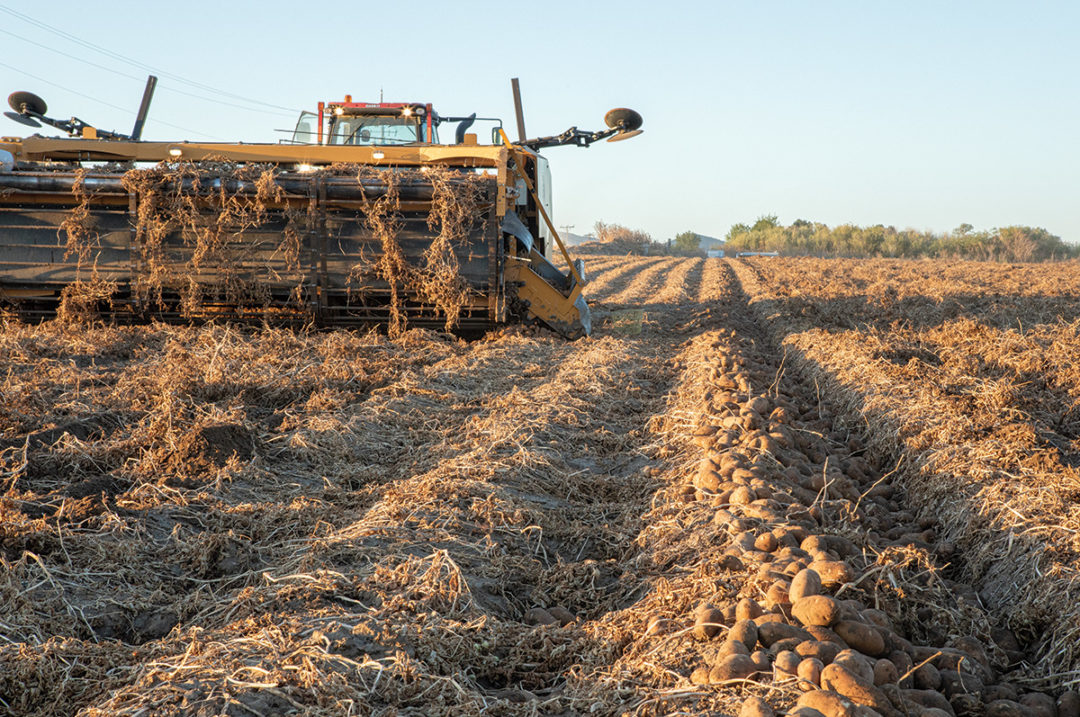Do you remember Sea-Monkeys? When I was young, I saw the advertisements in the back of magazines and knew I needed to have my own Sea-Monkeys. For only $1.25, I was promised the Sea-Monkeys, a one-year supply of food, living plasma, water purifier, a fully illustrated manual on Sea-Monkeys care and a growth guarantee in writing. The ads featured a picture of a Sea-Monkeys family (two parents, two children) and the byline: “So eager to please, they can even be trained.” I just had to have them.
Unfortunately (in my view at the time), my parents would not let me invest in this opportunity. They claimed it was not a good use of my money. But how else was a 9-year-old boy supposed to spend his hard-earned cash in 1979? Sea-Monkeys were actually brine shrimp. And many purchasers of Sea-Monkeys were disappointed that the reality of what they purchased did not match the enthusiasm of the ad.
In agriculture, growers face “Sea-Monkey” opportunities on a regular basis. In my last column, I tried to sell you on Miller’s Marvelous Masterpiece (MMM). I made the claim that using MMM would increase your potato yield by 15 hundredweight (cwt) per acre based on actual research results. Unfortunately for me, the scientist I hired to do the research was not as enthusiastic as I am and claimed the 15 cwt increase I was promising was not “significant.” The scientist was just like my parents with the Sea-Monkeys.
But perhaps the scientist got it wrong. Perhaps the test in the research plot did not reflect what would happen in the real world. After all, research trials are done in one or only a few locations under a specific set of growing conditions. Perhaps if a research trial were done under different conditions, I would get a different answer.
This inspired me to go out and get some “real-world” research generated on a potato grower’s farm. After all, performance in a grower’s field is much more important than small-plot research. I was able to convince three different growers to each apply MMM on half of a potato field. At each harvest, I equipped the harvesters with a yield monitor that could measure the total potato yield on each side of the field. The average potato yields are shown in Table 1.

Based on these numbers, it appears I was underpromising the performance of my MMM product. The application of MMM increased total yield anywhere from 27 to 109 cwt per acre, with an average increase of 63 cwt per acre. Perhaps the product works even better than I thought. I bet you want to use MMM now. This looks to be a lot different than the Sea-Monkeys situation.
But in the interest of full disclosure, I need to tell you the whole story. The numbers in Table 1 are real, they were generated using a yield monitor, and they really did represent half-pivot splits. However, the numbers all came from a single pivot, and the entire pivot had been managed uniformly throughout the growing season. The splits represented east versus west (Pivot 1), north versus south (Pivot 2) and northwest versus southeast (Pivot 3). In the southeast corner of the field, the yield was relatively low, and that pulled down the average for any split where that area was included. What these numbers really illustrate is that random variation exists within commercial fields, and this variation can cause problems for split-field testing.
If you split a field and measure one side against the other, you will observe a difference even if you treat both sides of the field the same. As a result, if I perform split-field research, I have to take steps to ensure that any differences I see are due to the split that I applied my test product – and not due to natural variation.
Why did the variation occur? Most growers are aware that some areas in a field won’t produce as well as others. A single field can exhibit wide variation in soil characteristics such as pH, compaction, moisture-holding capacity and fertility. These differences can create differential growth under a uniform management approach. As a result, split-field research is difficult to do without obtaining biased results. And this bias may not be introduced intentionally. I have known many growers who made an unbiased attempt to do split-field research, only to find an unexpected variable confounded the results.
Additionally, when you are seeing split-field results, are you sure you are seeing all the results? Or are you only being shown the splits that worked? What if I had really done 10 split fields with the MMM product? I only showed you the three in Table 1 because in the other seven, the MMM side had a lower yield.
Some research cannot be done easily in small plots but can be done more readily in a split-field or large strip trial. This is particularly true when large equipment is needed to apply the treatments. But small-plot research, when done well, does a better job in eliminating external variables and isolating the impact one specific product or management practice can have on a crop. There is very little that is established fact that did not originate or has not been confirmed in small-plot research.
Unfortunately, it looks like my MMM product may not improve your yield as much as I hoped. Perhaps my parents really were right. Their skepticism kept a young boy from unnecessarily spending his hard-earned money on something that would not have performed as expected. And perhaps the research scientists are doing the same for us now in our efforts to spend money wisely on raising quality crops.



.jpg?t=1687979285&width=640)




